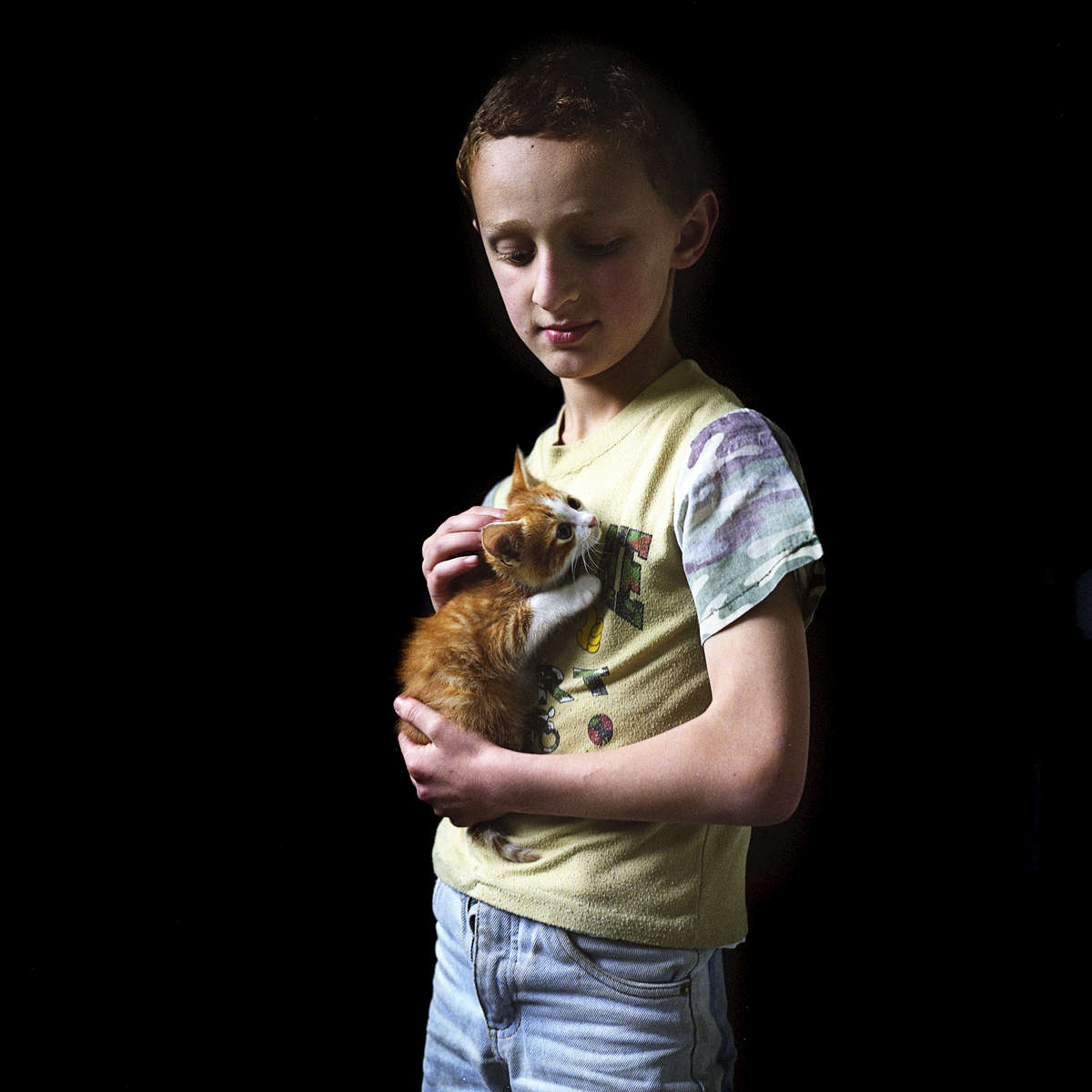via Thomas Hawk Digital Connection |: https://thomashawk.com/2010/05/is-imagelogr-com-trying-to-be-the-largest-copyright-infringer-of-all-time.html
Imagelogr claims to be scraping the entire “free web” and seems to have hit Flickr especially hard, copying full-sized images of yours and mine to their own servers where they are hosting them without any attribution or links back to the original image in violation of all available licenses on Flickr. If people on Imagelogr want to they can manipulate your images, rotate them, see them at different sizes up to 300% and even download the images with a download button directly from the site.


